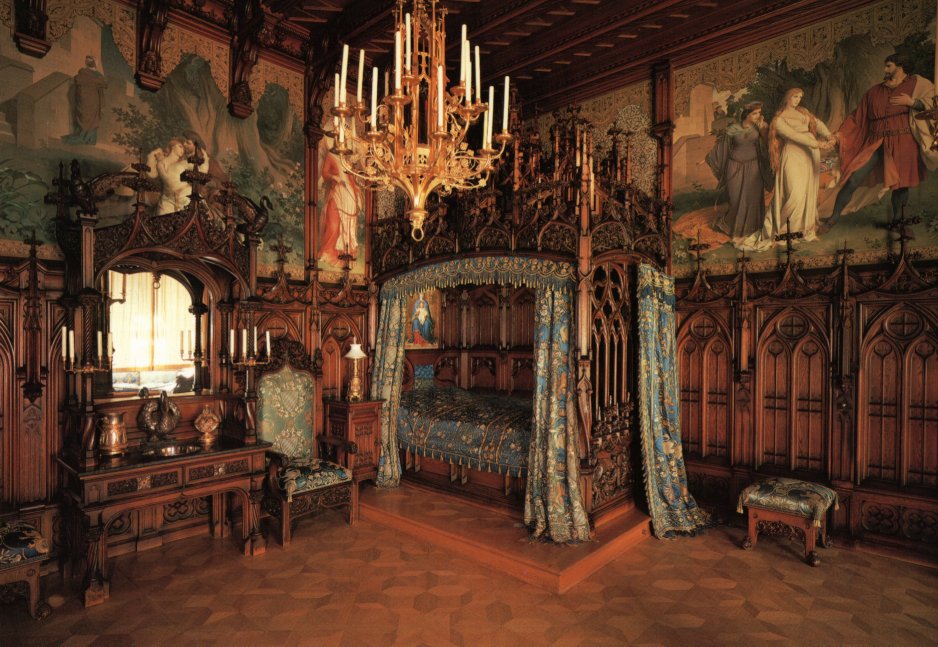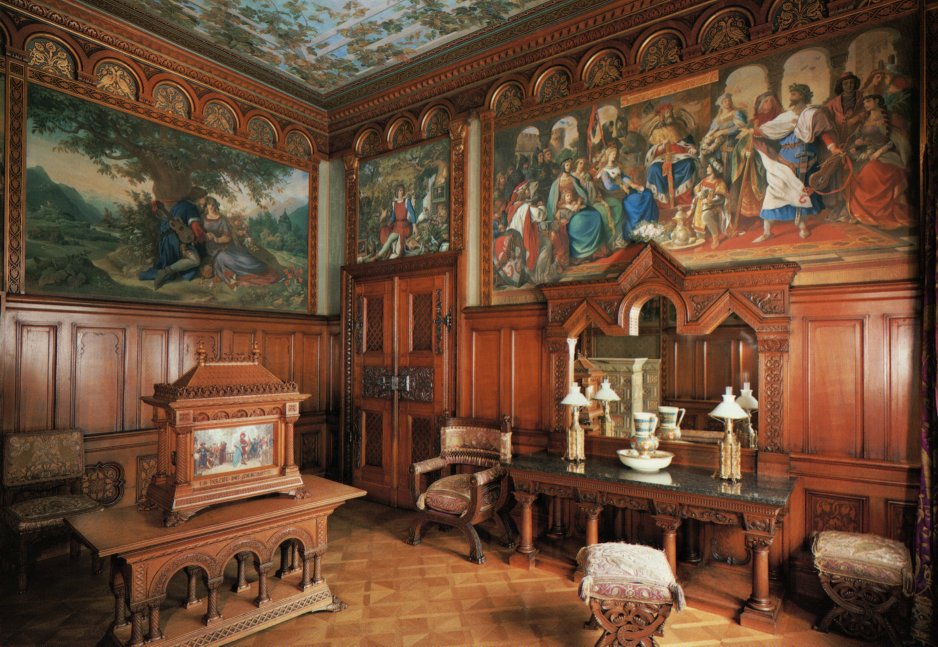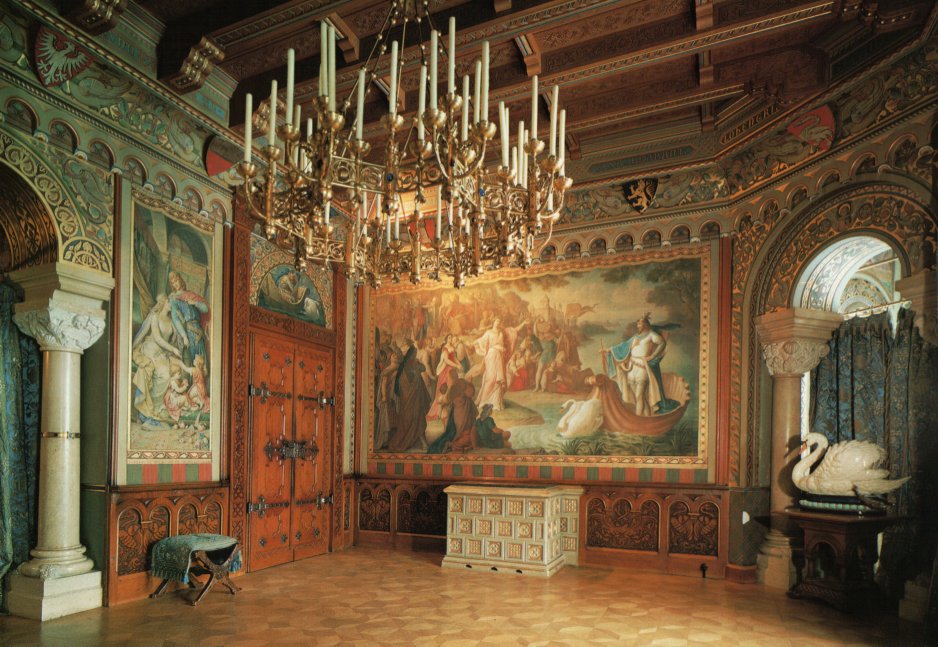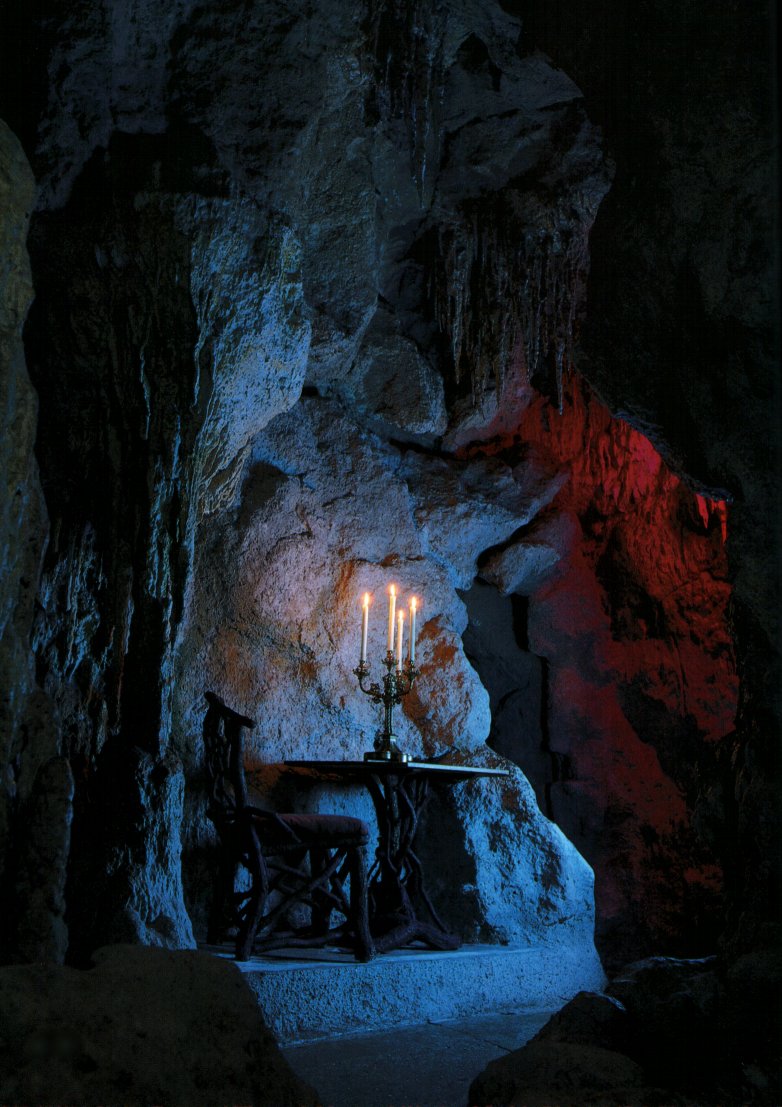| Check out the NEW Hotbot | Tell me when this page is updated |
| Check out the NEW Hotbot | Tell me when this page is updated |
| Check out the NEW Hotbot | Tell me when this page is updated |
 Mad
King Ludwig set about constructing a castle who glory would succeed him in
death. His idea for a medieval fairy
tale castle was
began with rebuilding the old castle ruins of Hohenschwangauin in 1868.
While it was set to be a private refuge his “fantasy in stone” is now
one of the largest German tourist attractions.
Ludwig II of Bavaria planned to have constructed this castle in three
years time, but his schedule was far to rigorous and was not completed 1892,
six years after his death.
Mad
King Ludwig set about constructing a castle who glory would succeed him in
death. His idea for a medieval fairy
tale castle was
began with rebuilding the old castle ruins of Hohenschwangauin in 1868.
While it was set to be a private refuge his “fantasy in stone” is now
one of the largest German tourist attractions.
Ludwig II of Bavaria planned to have constructed this castle in three
years time, but his schedule was far to rigorous and was not completed 1892,
six years after his death.

Difficult terrain and constantly changing designs slowed construction. This is a picture of the castle at the time of Ludwig’s death. Ludwig spent only 11 nights in his fantasy castle before his death but renovations to the castle lasted 23 years. After his death, Ludwig's private palace was opened to the public and was given the name Neuschwanstein. The great costs eventfully left the Swan King penniless. Having lost all sovereignty as a king Ludwig became insane and mysteriously died after having publicly humiliated.
 basic
outlay was set but the ideal design was made by Christian Jank.
The head architect at the beginning of construction was Eduard Riedel,
then Georg Dollman took over, and upon his retirement Julius Hofmann.
The king though, always has the final say, and as Ludwig had few other
official tasks, he devoted much of his time to castle building.
Due to the many designers and changing times Neuschwanstein is a
wonderful mix of Neo-Gothic and Romanesque styles.
basic
outlay was set but the ideal design was made by Christian Jank.
The head architect at the beginning of construction was Eduard Riedel,
then Georg Dollman took over, and upon his retirement Julius Hofmann.
The king though, always has the final say, and as Ludwig had few other
official tasks, he devoted much of his time to castle building.
Due to the many designers and changing times Neuschwanstein is a
wonderful mix of Neo-Gothic and Romanesque styles.

Neuschwanstein was enabled with the finest technology of the 1860’s. Originally designed to reflect medieval castles Ludwig had no problem incorporating a forced-air central heating system and uncharacteristically large sliding glass doors. There was an electric bell system to summon servants, running water was available on every floor and an automatic flushing system was installed as well.
Singers Hall
 The
castle, while not impressive in overall size, is just as flamboyantly
decorated as other castle of the day. This Hall, occupying the entire fourth
floor of the castle, was copied from the Minstrels Hall of the Wartburg
Castle. Early in his life Ludwig
became fascinated with the works of the composer Richard Wagner, and based
much of the art work in the castle from mythological character featured in
his operatic works.
The
castle, while not impressive in overall size, is just as flamboyantly
decorated as other castle of the day. This Hall, occupying the entire fourth
floor of the castle, was copied from the Minstrels Hall of the Wartburg
Castle. Early in his life Ludwig
became fascinated with the works of the composer Richard Wagner, and based
much of the art work in the castle from mythological character featured in
his operatic works.
Throne Room
 One
of these such operas was “Parzival”, which chronicles the life of
Parsifal-Grail King. Ludwig became to
envision himself as this pure king and changed the purpose of his castle from
an entertainment center to living a recluse holy life.
This room, while designed as the Grail Hall, feature Religious murals
and colorful Mosaics. Mural subjects
range from
One
of these such operas was “Parzival”, which chronicles the life of
Parsifal-Grail King. Ludwig became to
envision himself as this pure king and changed the purpose of his castle from
an entertainment center to living a recluse holy life.
This room, while designed as the Grail Hall, feature Religious murals
and colorful Mosaics. Mural subjects
range from
 Archangel Michael to Louis IX, Ludwig’s patron saint.
The most important feature of the room is lacking, for decoration was
not completed until after the Mad King’s death, hence there is no throne.
Archangel Michael to Louis IX, Ludwig’s patron saint.
The most important feature of the room is lacking, for decoration was
not completed until after the Mad King’s death, hence there is no throne.
Royal Bedroom
 Key
aspects of the bedroom include rich tapestries from the Wagner opera
"Tristan and Isolde“. It is said
that it took 14 woodcarvers 4½ years to create the intricate woodcarvings
of the room.
Key
aspects of the bedroom include rich tapestries from the Wagner opera
"Tristan and Isolde“. It is said
that it took 14 woodcarvers 4½ years to create the intricate woodcarvings
of the room.
Dressing Room

 Paintings
in this room were based from the Wagner opera "Die Meistersinger
von Nürnberg". The unique feature of this room is the wood paneled
ceiling painted to reflect the sky view from a garden.
Paintings
in this room were based from the Wagner opera "Die Meistersinger
von Nürnberg". The unique feature of this room is the wood paneled
ceiling painted to reflect the sky view from a garden.
 The
opera “Lohengrin” by Wagner was the basis for the murals of this room.
Also know as the swan knight, Lohengrin's story is played out in the
decorations of this room. Ludwig made no attempt to hide his
infatuation with this holy warrior. Swans were engraved into the
woodworking in the doors and walls, and decorations include a
life-size ceramic swan.
The
opera “Lohengrin” by Wagner was the basis for the murals of this room.
Also know as the swan knight, Lohengrin's story is played out in the
decorations of this room. Ludwig made no attempt to hide his
infatuation with this holy warrior. Swans were engraved into the
woodworking in the doors and walls, and decorations include a
life-size ceramic swan.
Grotto
 Between
the Salon and Study Ludwig had an artificial stalactite cave constructed.
Ludwig spent much time in this wonderful atmosphere. The entire cave
was made from plaster-or-paris, and included a natural flowing stream.
Between
the Salon and Study Ludwig had an artificial stalactite cave constructed.
Ludwig spent much time in this wonderful atmosphere. The entire cave
was made from plaster-or-paris, and included a natural flowing stream.
Dining Room
While the castle at Schloss Neuschwanstein is a classic many
visitors have enjoyed, many people have view a castle with unremarkable
similarities.
 The long time symbol used by the Disney Corporation, Cinderella's Castle, shares
the same design as the Ludwig II used. So, millions of people across the
continents are already familiar with this storybook palace.
The long time symbol used by the Disney Corporation, Cinderella's Castle, shares
the same design as the Ludwig II used. So, millions of people across the
continents are already familiar with this storybook palace.